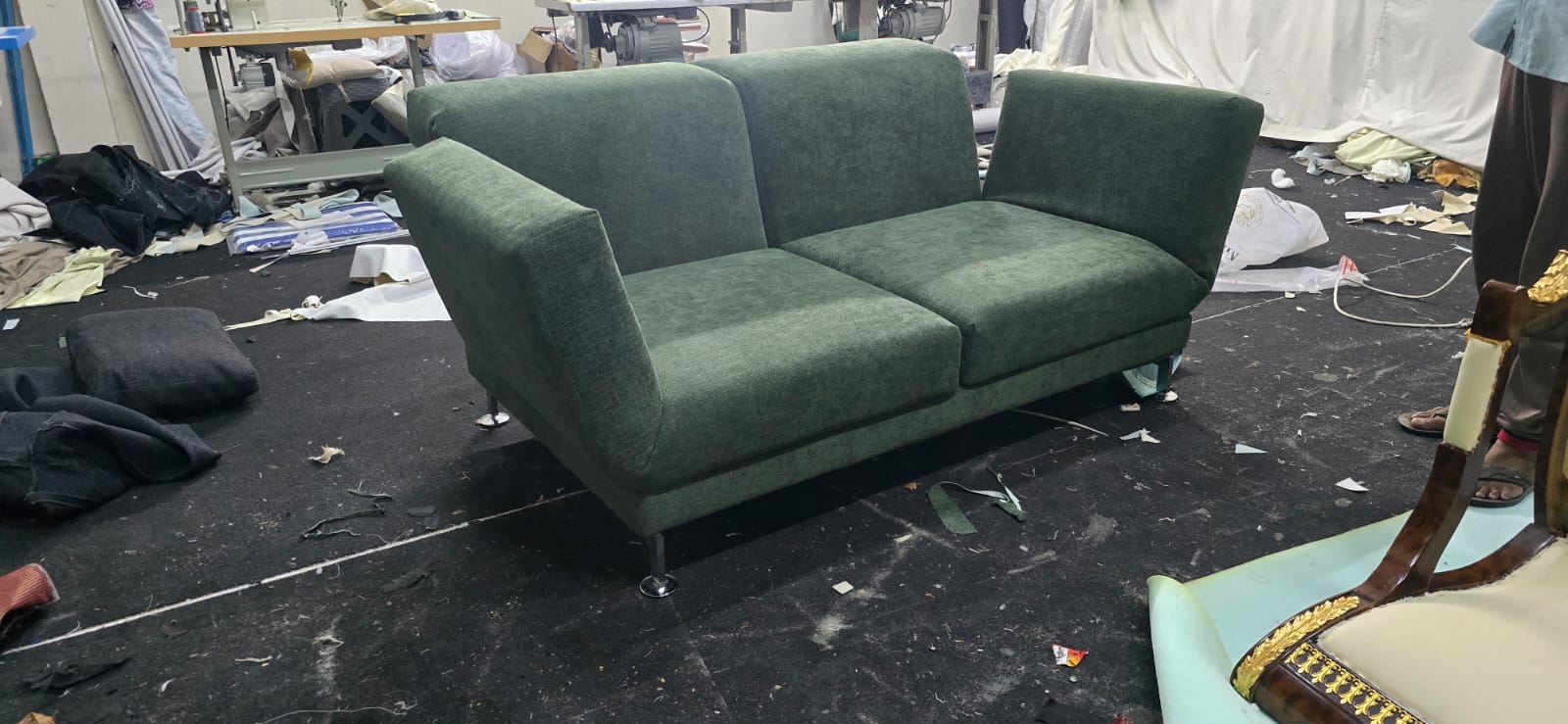Sofa cushions endure daily use, gradually losing their shape, comfort, and support over time. Many homeowners consider replacement sofa cushion foam as a cost-effective alternative to purchasing entirely new furniture. While the idea of DIY foam replacement might seem appealing, professional installation offers significant advantages that ensure lasting results and optimal comfort.
Expertise in Foam Selection and Quality Assessment
Professional furniture specialists possess extensive knowledge about different foam types, densities, and quality grades that directly impact comfort and durability. Replacement sofa cushion foam comes in various specifications, including high-density foam, memory foam, and specialized comfort layers that require expert evaluation to match individual seating preferences and usage patterns.
Density measurements, compression ratings, and resilience factors determine how foam performs under regular use. Professionals assess existing furniture construction, weight distribution patterns, and user requirements to recommend appropriate foam specifications that deliver optimal comfort and longevity. Without proper expertise, homeowners might select foam that feels comfortable initially but deteriorates quickly or fails to provide adequate support.
Precision Measurement and Custom Fitting
Accurate measurement forms the foundation of successful replacement sofa cushion foam installation. Professional technicians use specialized tools and techniques to measure existing cushion cavities, accounting for fabric stretch, compression allowances, and proper fit tolerances that ensure new foam integrates seamlessly with existing furniture frames.
Proper Installation Techniques and Tools
Professional foam installation involves specialized techniques that ensure optimal performance and longevity. Compression methods, adhesive applications, and securing procedures require experience and proper equipment to execute correctly. Improper installation can result in foam shifting, premature wear, or comfort issues that necessitate costly corrections.
Fabric removal and reinstallation demands careful handling to avoid damage to existing upholstery materials. Professional technicians understand how to work with different fabric types, zipper systems, and attachment methods without causing tears, stretching, or other damage that could compromise the furniture’s appearance and value.
Understanding Structural Integration
Replacement sofa cushion foam must integrate properly with existing furniture support systems, including springs, webbing, and frame construction. Professional installers assess the overall furniture condition and identify any structural issues that might affect foam performance or require attention before installation.
Spring systems, zigzag supports, and webbing configurations interact with foam cushions to create overall seating comfort. Professionals understand these relationships and ensure that new foam works harmoniously with existing support structures rather than creating conflicts that could lead to premature wear or comfort problems.
Quality Assurance and Warranty Protection
Professional foam replacement services typically include quality guarantees and warranty protection that provide peace of mind and long-term value. Reputable service providers stand behind their work and materials, offering recourse if issues develop after installation.
Material sourcing from established suppliers ensures that replacement sofa cushion foam meets industry standards for quality, safety, and performance. Professional installers maintain relationships with reliable foam manufacturers and can access premium materials that may not be available to individual consumers.
Cost-Effectiveness and Long-Term Value
While professional installation requires an initial investment, the long-term value often exceeds DIY alternatives. Proper installation extends foam lifespan, maintains furniture value, and prevents costly mistakes that could necessitate complete replacement or additional repairs.

